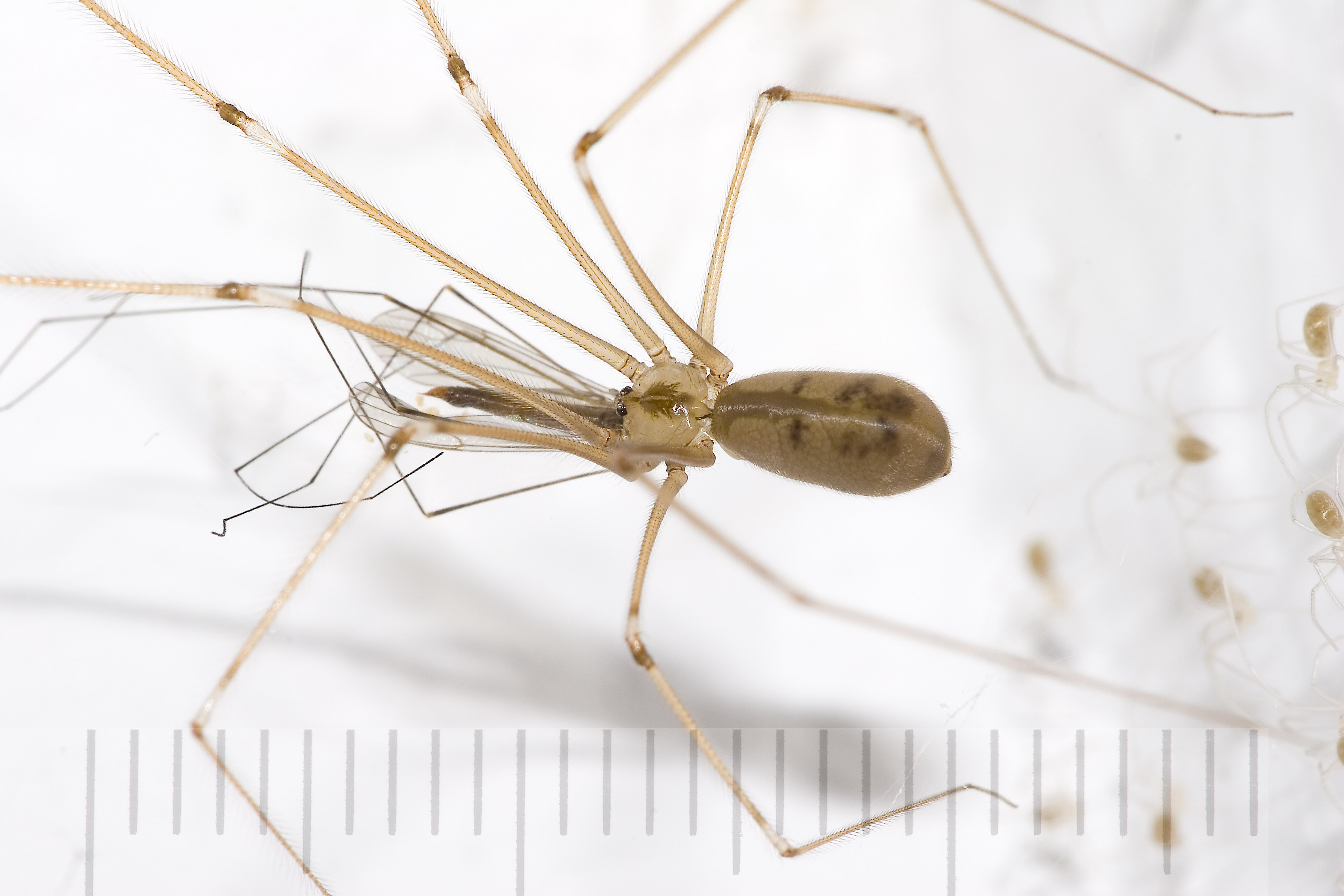Haplogynae on:
[Wikipedia]
[Google]
[Amazon]
 The Haplogynae or haplogynes are one of the two main groups into which araneomorph
The Haplogynae or haplogynes are one of the two main groups into which araneomorph
 The Haplogynae or haplogynes are one of the two main groups into which araneomorph
The Haplogynae or haplogynes are one of the two main groups into which araneomorph spider
Spiders (order (biology), order Araneae) are air-breathing arthropods that have eight limbs, chelicerae with fangs generally able to inject venom, and spinnerets that extrude spider silk, silk. They are the largest order of arachnids and ran ...
s have traditionally been divided, the other being the Entelegynae. Morphological phylogenetic studies suggested that the Haplogynae formed a clade
In biology, a clade (), also known as a Monophyly, monophyletic group or natural group, is a group of organisms that is composed of a common ancestor and all of its descendants. Clades are the fundamental unit of cladistics, a modern approach t ...
; more recent molecular phylogenetic studies refute this, although many of the ecribellate haplogynes do appear to form a clade, Synspermiata.
Unlike the Entelegynae, haplogynes lack hardened (sclerotized) female genitalia ( epigynes).
Most of the species within this group have six eyes, as opposed to most other spiders. Spiders in the genus '' Tetrablemma'' ( Tetrablemmidae) have only four eyes, as do some members of the family Caponiidae; caponiids may even have only two eyes. However, spiders in the family Plectreuridae have the normal eight eyes.
Phylogeny
The Haplogynae are one of the two major groups into which araneomorph spiders were traditionally divided, the other being the Entelegynae. In 2005, Coddington summarized the relationships of these groups as suggested by morphological phylogenetic studies: Subsequent molecular phylogenetic studies have confirmed themonophyly
In biological cladistics for the classification of organisms, monophyly is the condition of a taxonomic grouping being a clade – that is, a grouping of organisms which meets these criteria:
# the grouping contains its own most recent comm ...
of some of the groups suggested by morphological studies, while rejecting many others.
A study published in 2015 suggested that two families formerly placed in the Haplogynae do not belong there. Filistatidae groups with Hypochilidae at the base of the Haplogynae; Leptonetidae is basal to the Entelegynae. The similarity of some morphological features of Leptonetidae to those of entelegynes had already been noted.
In 2016, a large molecular phylogenetic
Molecular phylogenetics () is the branch of phylogeny that analyzes genetic, hereditary molecular differences, predominantly in DNA sequences, to gain information on an organism's evolutionary relationships. From these analyses, it is possible to ...
study was published online that included 932 spider species, representing all but one of the then known families. It "refutes important higher-level groups", including Paleocribellatae, Neocribellatae, Araneoclada and Haplogynae. In the preferred cladogram, the "Haplogynae" are divided among a number of clades basal to the Entelegynae, forming at most a grade. "Haplogynae" in the sense of Coddington (2005) are shaded yellow in the cladogram below; Entelegynae in the same sense are shaded blue. The clade Synspermiata comprises all the ecribellate haplogynes and is consistently recovered, but with low support.
Families
As shown above, Filistatidae and Leptonetidae are placed outside the traditional haplogynes in the analysis by Wheeler et al. (2017). Traditional haplogyne families they place in Synspermiata are: * Caponiidae * Diguetidae * Drymusidae * Dysderidae * Ochyroceratidae *Oonopidae
Oonopidae, also known as goblin spiders, is a family (biology), family of spiders consisting of over 1,600 described species in about 113 genus, genera worldwide, with total species diversity estimated at 2000 to 2500 species. The type genus of th ...
* Orsolobidae
* Pacullidae
* Periegopidae
* Pholcidae
* Plectreuridae
* Scytodidae
* Segestriidae
* Sicariidae
* Tetrablemmidae
Telemidae, traditionally placed in Haplogynae, was not included in the analysis by Wheeler et al. However, it is placed in Synspermiata in other studies. The recently discovered haplogyne family Trogloraptoridae was also placed in Synspermiata.
Several extinct families have also been placed into the haplogynes.
*† Pholcochyroceridae
References
{{Taxonbar, from=Q136328 Araneomorphae Callovian first appearances Extant Middle Jurassic first appearances Historically recognized spider taxa